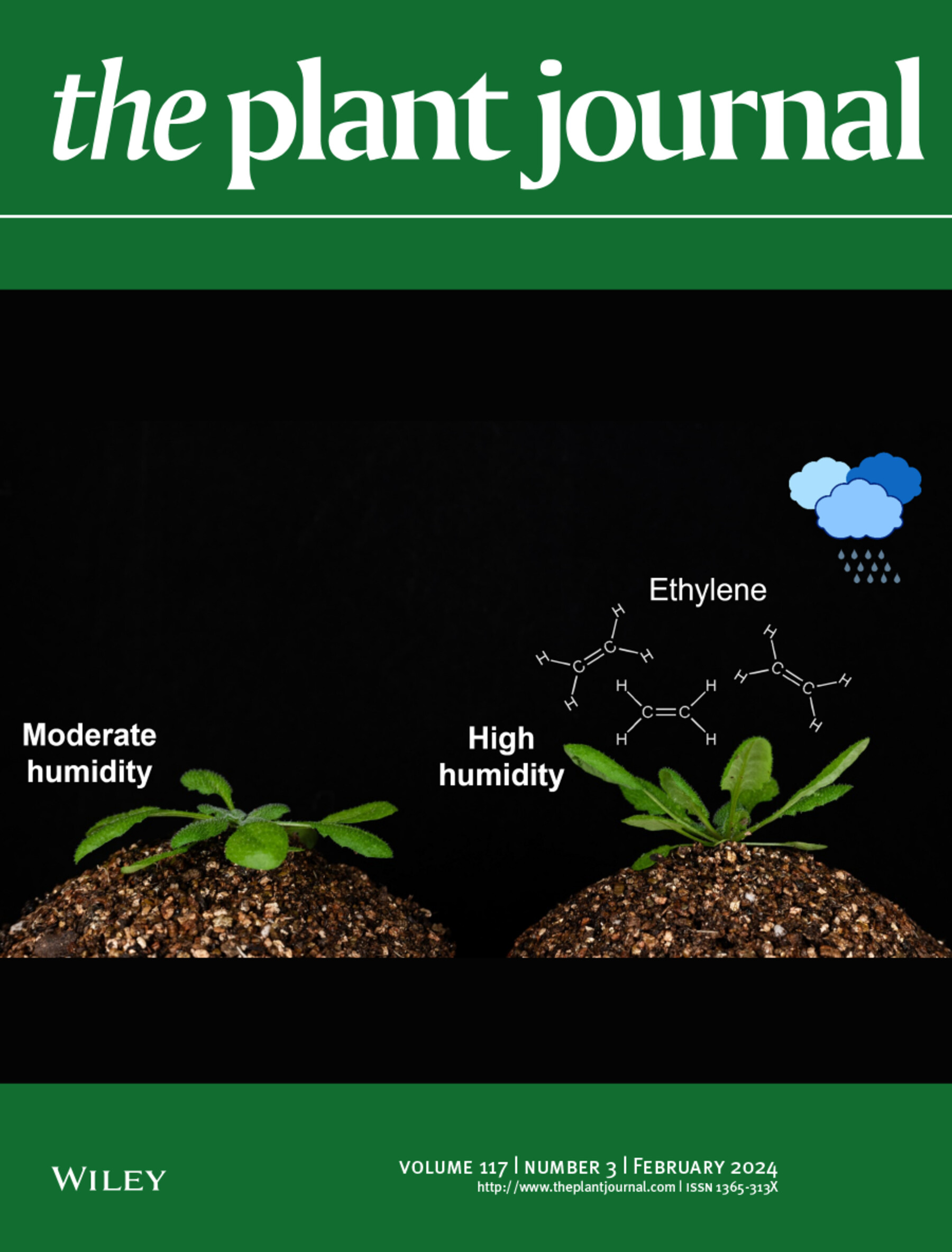Natural variation in promoters of F3′5′H and ANS correlates with catechins diversification in Thea species of genus Camellia
Abstract
Catechins were diversely accumulated in Thea plants and were crucial for tea flavor, yet the mechanism underlying the diverse catechins distribution in Thea plants remained elusive. We herein collected a total of 19 Thea and 12 non-Thea plants to investigate their catechins distribution and the underlying mechanism. Results showed that the distribution pattern of catechins in cultivated tea plants significantly differs from that of wild relatives. (+)-Gallocatechin gallate (GCG) was detected in over 50% of wild tea plants but was almost undetectable in cultivated tea plants. Conversely, (−)-Epigallocatechin gallate (EGCG) was extensively distributed in tea cultivars but accumulated extremely low in a few wild relatives such as Camellia tetracocca and C. ptilophylla. Expression analysis found that the expression of flavonoid 3′,5′-hydroxylase (F3′5′H) was highly correlated with EGCG accumulation in Thea plants. Yeast one-hybrid and luciferase assays showed that CsMYB1, a key catechins regulator, could bind to the promoter of F3′5′H and activate its expression to promote EGCG accumulation in cultivated tea plants; yet it was unable to bind to and activate the promoter of F3′5′H of C. tetracocca due to a 14-bp deletion in the promoter, leading to a low content of EGCG. Results also showed that silencing the expression of anthocyanidin synthase (ANS) enhanced the metabolic flux of catechins toward GCG but not EGCG in tea plants, consistent with the observation of high GCG content in C. ptilophylla with low ANS expression. Overall, the results illustrated the mechanism underlying catechins variation in Thea plants and would help to facilitate the utilization of wild tea plants toward future breeding.


 求助内容:
求助内容: 应助结果提醒方式:
应助结果提醒方式:


